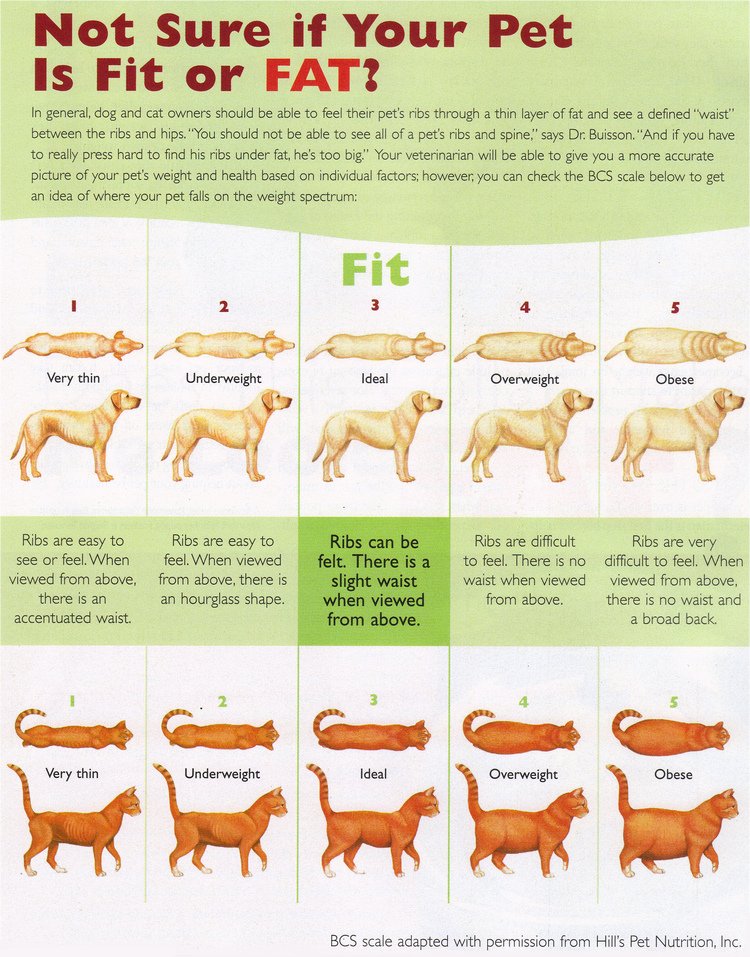February is National Pet Dental Health month. Which means, I couldn’t let too much time go by without at least briefly discussing Pet Dental Health!
Today, I am teaming up with Petcurean to share with you how choosing your pet’s food can affect their overall dental health.
Now, any veterinary professional will most certainly want me to reiterate that brushing your pet’s teeth is the #1 way that you can improve your pet’s dental health. However, many pet parents already brush their pet’s teeth, and are likely interested in additional ways that they can improve their pet’s dental health.
If you aren’t already aware, Pet Dental Health is imperative to your pet’s overall health and is wisely summed up in this quote from Petcurean:
Similar to humans, poor dental hygiene causes bad breath, plaque, tartar, gingivitis, periodontitis, and tooth root abscesses in dogs. At its worst, bad dental health can contribute to more serious health issues. Inflamed gums, for example, can cause bacterial infections that can affect organs such as the heart and kidneys with extreme cases being fatal.
Petcurean recently released a new brand of food specifically designed to help small dogs with poor dental health. Why small dogs? Well, generally speaking small dogs are more prone to dental disease.
[I]f you’re thinking of adopting a small breed, be prepared for more trips to the vet. With small breeds—generally anyone shorter than knee height—periodontal disease is a huge problem, says Dr. Donnell Hansen, a veterinarian with BluePearl Veterinary Partners in Blaine, Minnesota.
I know all my fellow Corgi Pet Parents out there are wondering; “Does this ‘small breed’ definition count for Corgis too?”. I have always thought of Corgis as “medium dogs with half the leg length”, which would actually mean that they aren’t as prone to periodontal disease as small dogs, but they certainly aren’t immune to dental health problems. According to the AKC:
“Small and large dogs differ in the type of dental disease they can encounter. Small dogs are especially prone to tartar formation, gum recession, and eventual loss of teeth… In contrast, large dogs are more likely to suffer from a fractured tooth from aggressive chewing. If the fracture exposes the interior of the tooth (the pulp cavity), infection travels down the tooth to its root, causing an abscess and loss of the tooth.”
Some of the research I read claimed that Corgis were prone to dental health disease, other articles didn’t include them on the list as one of the top breeds with dental problems. Regardless, we Corgi parents want to do everything we can to improve our dog’s dental health! If you still aren’t sure of the importance of dental health, perhaps this case study from VetWest Animal Hospitals can persuade you!
If Your a Pet Parent of a Small Dog (Defined as <25lbs by feeding Guidelines)
One of the ways your can improve your pet’s dental health is by changing to a food that supports pet dental health! If you are the pet parent of a small breed dog, the new Petcurean NOW FRESH Small Breed recipes are formulated with ingredients that help support oral health and fresh breath, including sodium tripolyphosphate, which binds calcium to protect teeth from tartar formation. Peppermint and parsley are also included as natural ingredients to promote fresh breath. In addition, the small clover-shaped kibble is one of the smallest in the market, contributing to high palatability, easy chewing, and effective digestion.

Every My Kid Has Paws reader can enjoy a $5 off coupon to try any Petcurean recipe using coupon code PAWSOME8 which can be redeemed at Petcurean.com/pawsome!
I wouldn’t classify Rooney as a small breed dog. Not only because I think he is a medium dog with short legs, but also because Rooney is 30lbs and lives and behaves much more like a medium dog, therefore, he wouldn’t necessarily benefit from small kibble.
If you are interested in reading more about Pet Dental Health, don’t forget to check out some of our top pet dental health articles here:
What You NEED to Know About Pet Dental Health – Interview with Dr. Burr from Trupanion
Why Do Dog Dentals Cost So Much?
February Challenge! 20 Days of Dental Health #MKHPFebruaryChallenge
Why Shouldn’t My Pet Have a Gentle Dental?
Disclaimer: I am a Petcurean blogger. I was provided with food and compensation so that Rooney and I could provide our honest opinion. However, Petcurean is the food we feed Rooney every day. My Kid Has Paws only shares reviews we believe benefit our readers.






